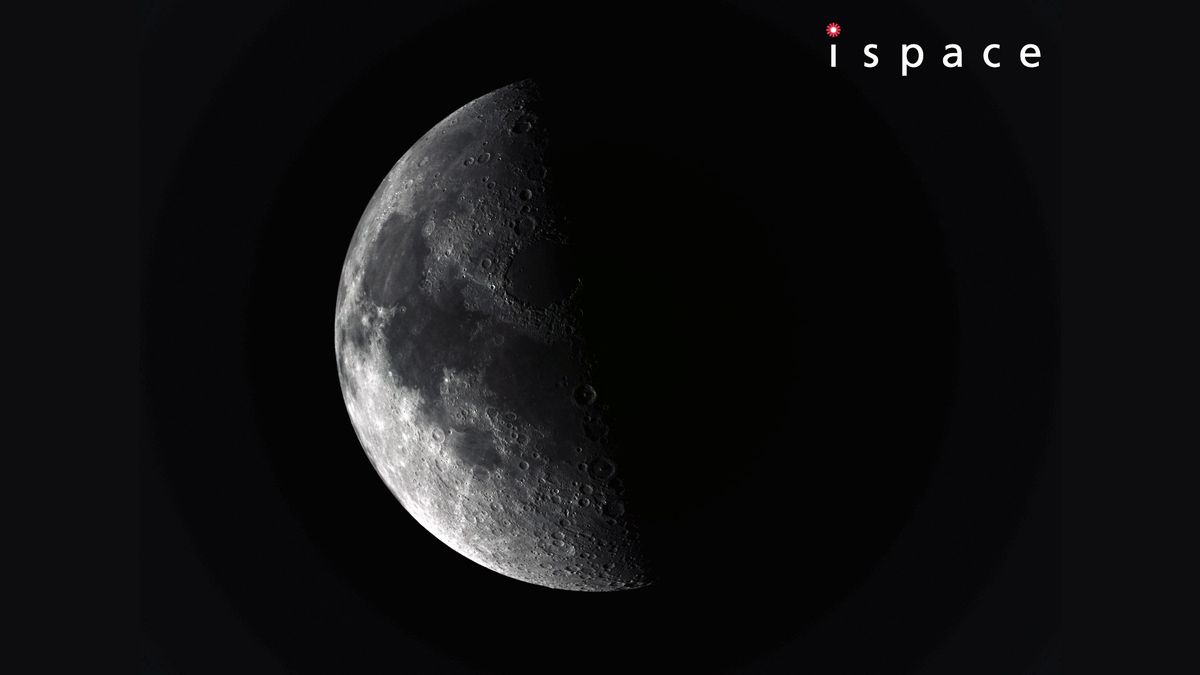
The private lunar lander, Resilience, has achieved a significant milestone with its first detailed observation of the moon.
Resilience, developed by the Japanese company ispace, successfully conducted a flyby of the moon on Friday evening, February 14, coming as close as 5,220 miles (8,400 kilometers) to Earth’s natural satellite.
The lander commemorated this achievement by capturing a stunning photo of the moon’s rugged terrain from a distance of 8,972 miles (14,439 km).
This close encounter marks “the first historic moment of its kind for a private Japanese commercial lunar lander,” as per ispace’s statement. The flyby provided Resilience with a fuel-efficient gravity assist, allowing for a trajectory adjustment that will enhance its energy efficiency upon reaching lunar orbit, anticipated in early May.
Resilience was launched on January 15 aboard a SpaceX Falcon 9 rocket, which also deployed another lunar lander, Blue Ghost, developed by the Texas company Firefly Aerospace.
Blue Ghost has already entered lunar orbit, arriving there on February 13 and performing an orbital adjustment with an engine burn just recently on February 18.
As Firefly Aerospace’s inaugural lunar lander, Blue Ghost is preparing for a landing attempt in approximately two weeks, targeting March 2 to land in the Mare Crisium (“Sea of Crises”), a significant volcanic plain on the moon’s near side.
Meanwhile, Resilience is set to aim for Mare Frigoris (“Sea of Cold”) in the moon’s northern hemisphere, with a touchdown expected in late May or early June. The lander is equipped with five scientific and technological payloads, including a mini rover named Tenacious, developed by ispace’s subsidiary in Luxembourg.
Contrary to Resilience, none of the equipment aboard was created by NASA. In contrast, Blue Ghost carries ten experiments from the agency, supported by NASA’s Commercial Lunar Payload Services program, which aims to gather crucial lunar data ahead of the upcoming Artemis missions scheduled for later this decade.
Resilience serves as ispace’s second lunar lander. Its predecessor successfully reached lunar orbit in March 2023 but unfortunately failed during the landing attempt a month later due to confusion with a lunar crater’s edge.









